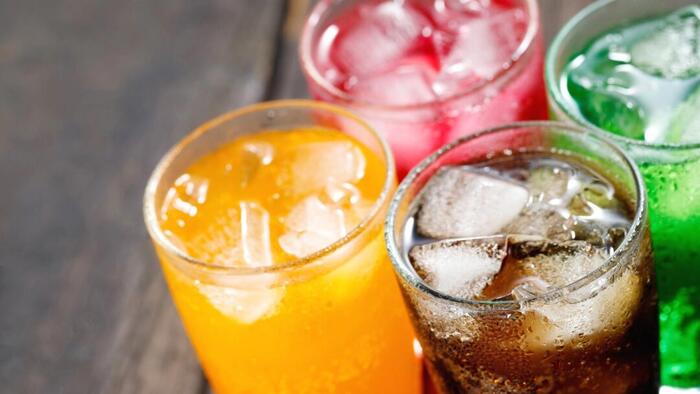Another reason pot should not be legalized except for actual, real, bonafide medical usages. Yes, I know some of you will yowl about this, but from the perspective of a 1970s pothead, there is NO good recreational use of marijuana. And before you compare it to alcohol, read the FACTS: people typically do not drink alcohol to get drunk; they drink it because the like the taste. People smoke pot to get loaded -- it has nothing to do with just the taste . . .
Indoor Marijuana Ops Are Consuming a Staggering Amount of Energy
Indoor marijuana growing operations in the U.S. use more energy than all outdoor agriculture combined.
The high energy consumption is due to lighting, temperature control, and the current legal framework requiring in-state production.
Despite awareness of the issue, no significant action has been taken to reduce the marijuana industry's energy footprint.
https://oilprice.com/Energy/Energy-General/Indoor-Marijuana-Ops-Are-Consuming-a-Staggering-Amount-of-Energy.html
Indoor Marijuana Ops Are Consuming a Staggering Amount of Energy
Indoor marijuana growing operations in the U.S. use more energy than all outdoor agriculture combined.
The high energy consumption is due to lighting, temperature control, and the current legal framework requiring in-state production.
Despite awareness of the issue, no significant action has been taken to reduce the marijuana industry's energy footprint.
https://oilprice.com/Energy/Energy-General/Indoor-Marijuana-Ops-Are-Consuming-a-Staggering-Amount-of-Energy.html
Another reason pot should not be legalized except for actual, real, bonafide medical usages. Yes, I know some of you will yowl about this, but from the perspective of a 1970s pothead, there is NO good recreational use of marijuana. And before you compare it to alcohol, read the FACTS: people typically do not drink alcohol to get drunk; they drink it because the like the taste. People smoke pot to get loaded -- it has nothing to do with just the taste . . .
Indoor Marijuana Ops Are Consuming a Staggering Amount of Energy
Indoor marijuana growing operations in the U.S. use more energy than all outdoor agriculture combined.
The high energy consumption is due to lighting, temperature control, and the current legal framework requiring in-state production.
Despite awareness of the issue, no significant action has been taken to reduce the marijuana industry's energy footprint.
https://oilprice.com/Energy/Energy-General/Indoor-Marijuana-Ops-Are-Consuming-a-Staggering-Amount-of-Energy.html
0 Reacties
0 aandelen
239 Views
0 voorbeeld













